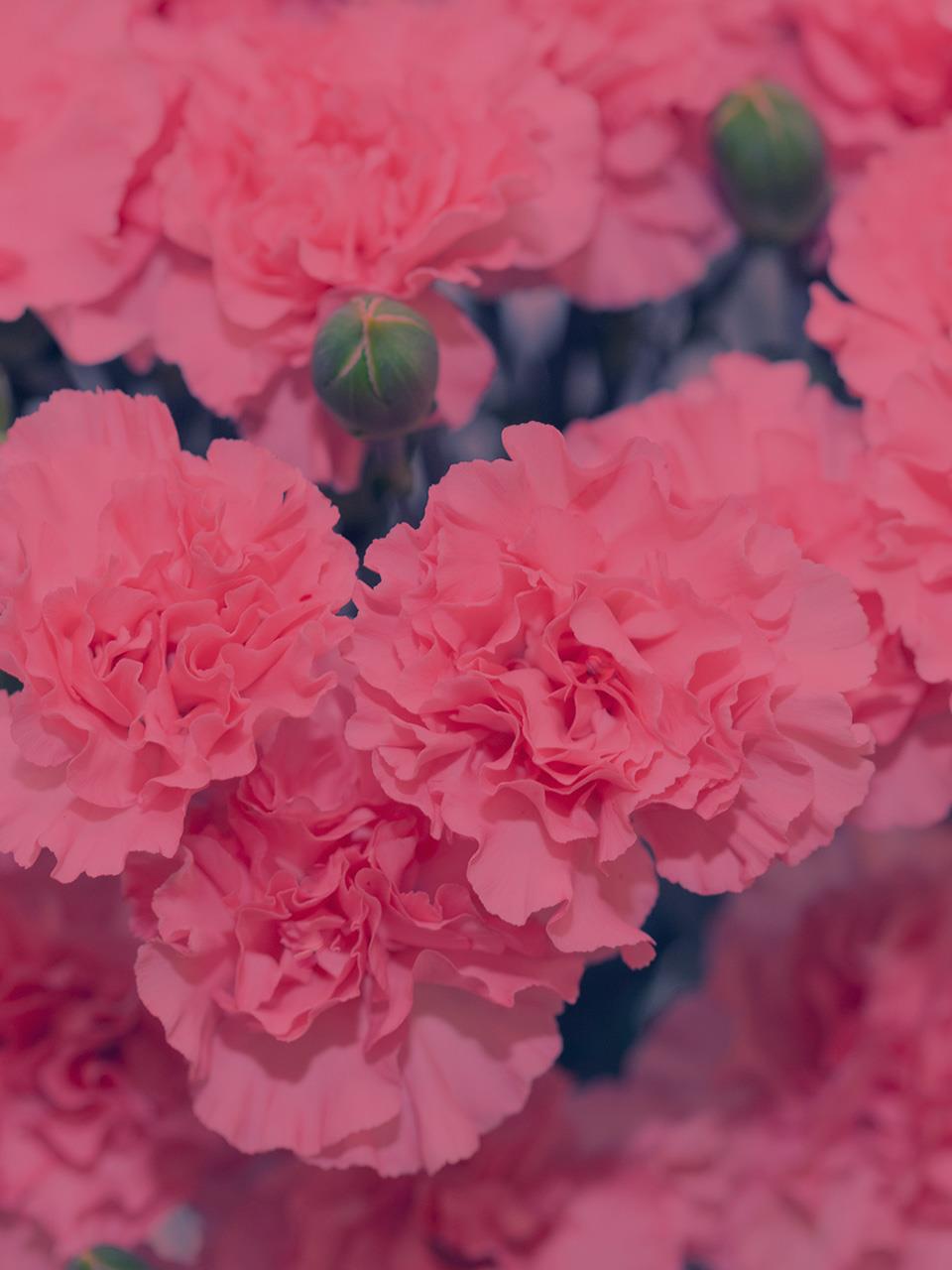
Tap to Read ➤
All About Home Grown Carnations
Claudia Miclaus

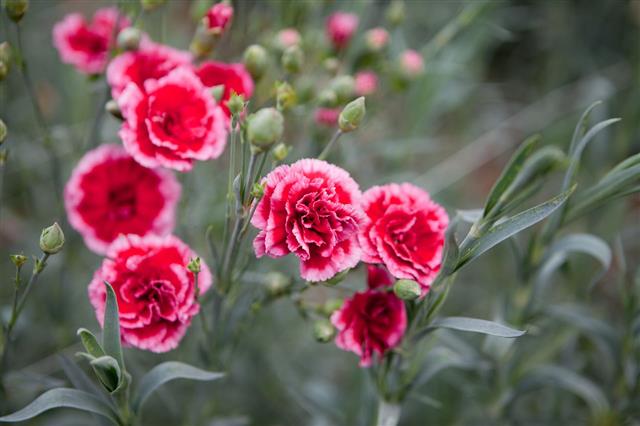
See all about caring for carnations in your summer garden. These flowers are among the most popular due to their long vase life and of course because they are charming flowers as well.
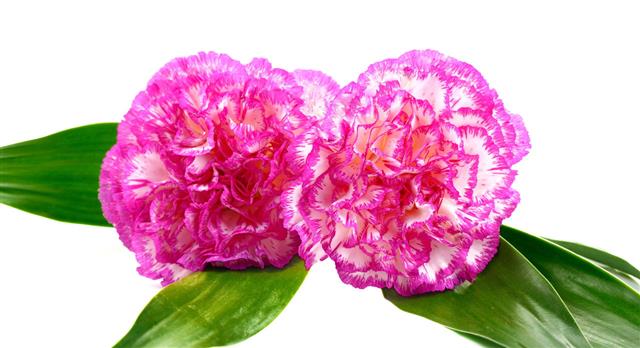
Carnations or scientifically called "Dianthus" (which in Greek language means "God's flower") are one of the most well-known flowers with over 300 species, plus other hybrid varieties; but when it comes to home-grown carnations, they are most commonly cultivated because of their beauty and why not, sturdiness.

Carnations can mainly divide in three large varieties: annuals, perennials and biennials. Apart from their delicate beauty, carnations come in many different colors which over time got certain meaning when offered.

For example, a mother's love is best represented by pink carnations while white carnations represent pure love and good luck wishes.

Red carnations are divided in two: light red means admiration while dark red means deep love.
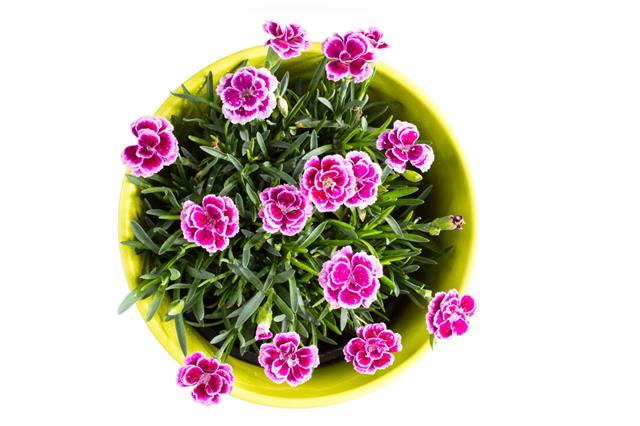
Purple color in carnations represents capriciousness and yellows signify disappointment.
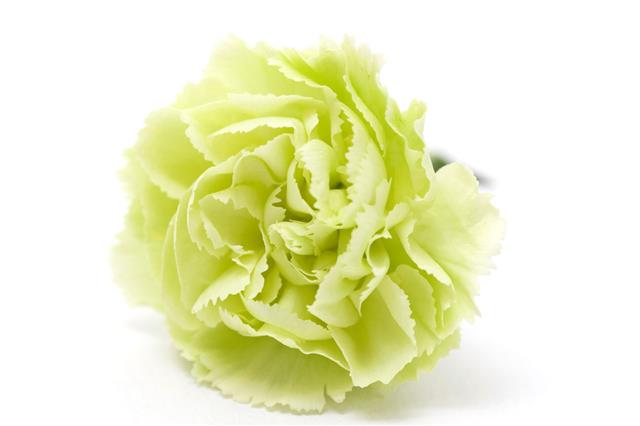
Let's not forget the green carnations that can be a lovely addition to any sophisticated arrangement, they actually represent St. Patrick's Day.
Growth
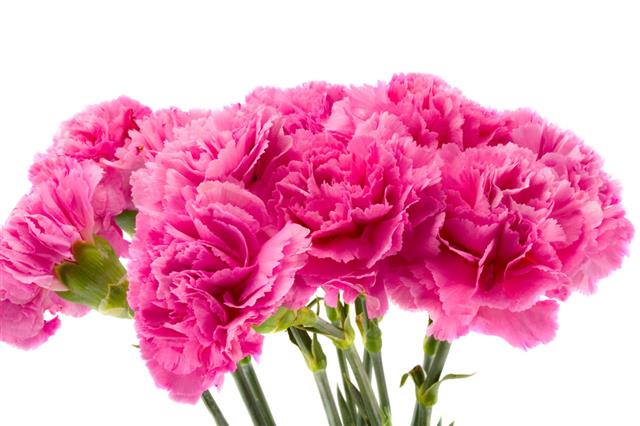
Carnations are easy to grow, they can be planted in rock gardens, flowerbeds, borders, as well as in containers such as pots.

They will produce flowers all summer long and even in the fall if properly cared for and protected from harsh conditions like hard winds. They don't require a lot of work and as cut flowers you can enjoy the blooms for a long time, up to three weeks! Therefore, to have them growing strong and healthy, make sure you don't forget the following:

a) Keep them in a sunny spot, they need at least 4 hours of full sun per day.

b) Keep the soil fertile using manure (but not in excess as the carnations do not do well in soils with lots of nitrogen) or other all-purpose fertilizers like peat and also make sure the soil is well-drained yet able to keep the moisture.

Do not mulch during their flowering time, they constantly form new growth at the base and you don't want to disturb that process by over moisture; the leaves should always be kept away from that as they need enough space for air circulation.

c) Watering is important yet they are not heavy drinkers so to speak, they do well with a little water, but in the hot months they need to be watered but not in excessively as that will cause the leaves to turn yellow. Spraying water on them is better than splashing.
Propagation

Right, so your lovely flowers are in bloom and depending on the variety they will come back the next year too, but if you want to propagate them you can choose from seeds propagation or division.

For seeds propagation you need to let the flower dry completely and then pick the dried flowers and shake the seeds by rolling and crushing them between your fingers, thus the pods will release those tiny seeds. You can then place them in a labeled dry paper bag to keep them for the next planting season.
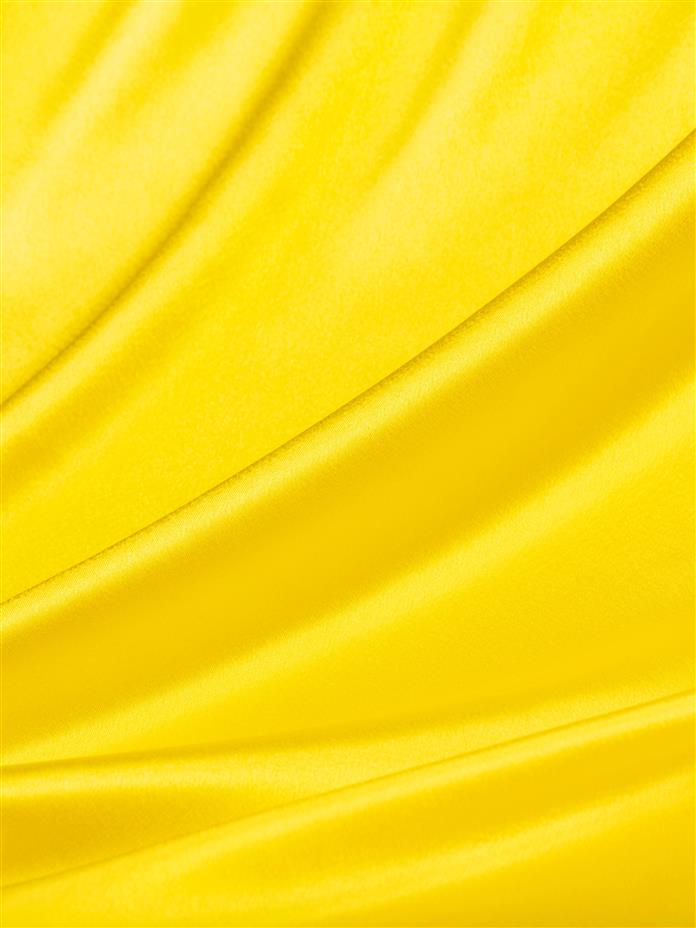
Also, while in your garden and in bloom, carnations can be propagated by division; as you see they grow in clusters, you need to divide that cluster and simply pull apart let's say half of that cluster with its root and place it in the spot of your choice and they will multiply from there as well.

If you are not interested in propagating your plants from seeds then by deadheading them you will encourage blooming even more. This can be done by simply pinching off or cutting the wilted flower removing a small portion of the stem, about a quarter of an inch.
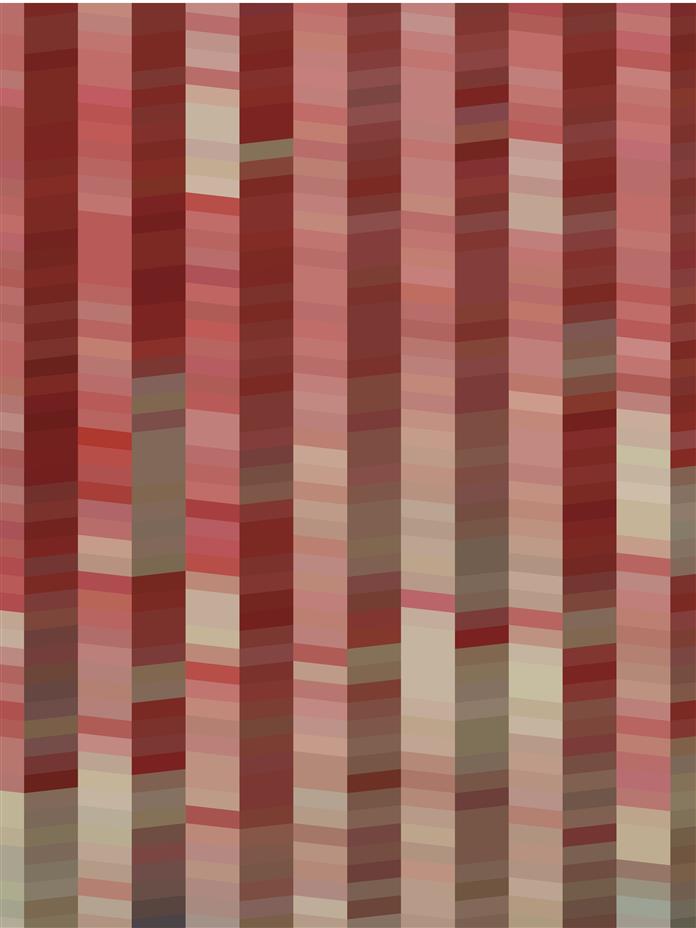
Overwinter
To winter them add mulch around your carnations when the foliage begins to wilt, thus they will thrive the next spring, successfully making it trough the harsh winter time. Because of the multitude of colors they can come in and because of their vase life which is among the longest for cut plants, they are in the top 10 cut flower production in the USA.
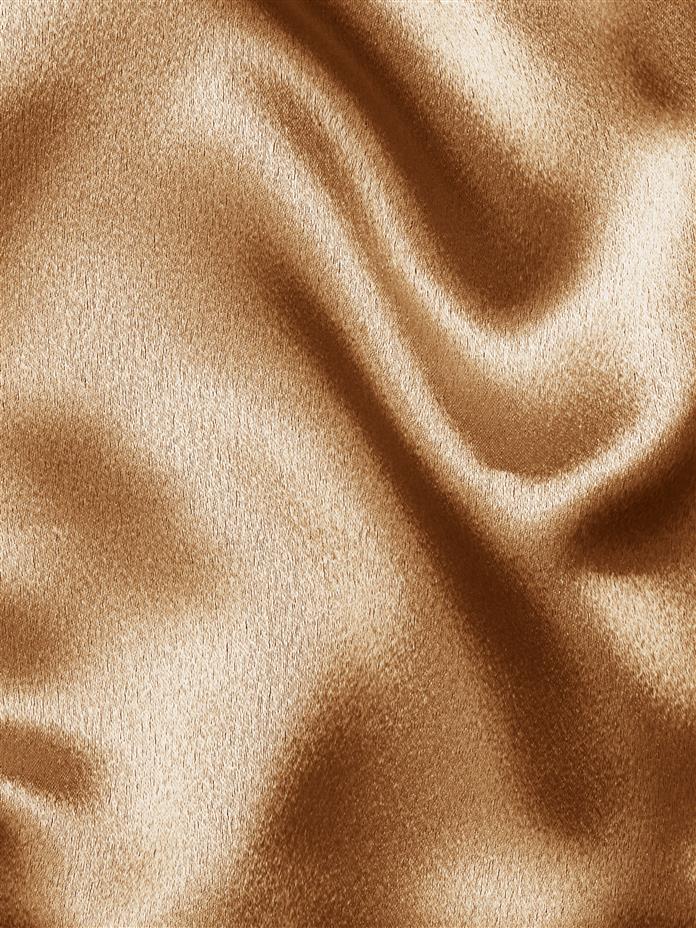
They are a delightful addition to your garden and because they are not demanding you will simply sit back enjoying their charming presence. They can also be used in floral arrangements as main or fill flower (depending on variety) and because of their good sturdy nature, they go well in corsets too. It is their season now, enjoy their beauty!